Growing arugula in open ground, conditions, sowing, recommended varieties
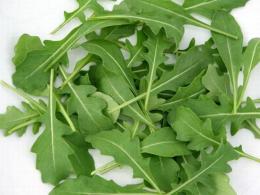
Not so long ago, the caterpillar was quite common only in wild form. It is distributed throughout Europe, the Caucasus, India, Asia and Africa. The plant has several names. In Portugal, the name of the caterpillar sounds like arugula, in England - rocket, in Russia - gulyavnik or wild mustard, and in Latin - eruca. All these names also refer to today’s popular salad culture. arugula.
In recent decades, the plant began to be grown on an industrial scale in open and closed ground. The caterpillar is no longer considered a weed. Arugula is a trend among new garden crops. Growing arugula has also become popular in private plots. Let's try to understand the reasons for such love for this culture.
Content:
- Arugula, general information
- What conditions are needed to grow arugula in open ground?
- Arugula varieties, sowing and cultivation
Arugula, general information
Eruka sativa or arugula belongs to the Indau genus from the Brassica family. Arugula is a predominantly annual herbaceous plant up to 60 - 70 cm high. There are several types of arugula. They differ in leaf shape and flower color. There are plants with both white and yellow flowers. It is believed that real wild arugula from Italy and the Mediterranean countries has small, openwork and somewhat embossed leaves.
And arugula, which is usually grown in industrial greenhouses, has more rounded leaves. The inflorescences are collected in long loose racemes. After flowering ends, fruits - pods - are formed. The length of the pods is up to 4 cm. The seeds in the pods are arranged in two rows. The shape of the seeds is most often oval, the color is brown, light brown, the size is up to 3 mm.
Arugula flowers and leaves are used as food. The seeds are used to prepare mustard oil. Due to the high content of erucic acid, from 20 to 40%, this oil is rarely used in food in its pure form. Flowers and leaves Plants are usually added fresh to salads. It is important to note that the younger, smaller and more tender the arugula leaves, the more pleasant it tastes. Arugula leaves contain vitamins:
- E
- TO
- RR
- WITH
- AT 9
- AT 3
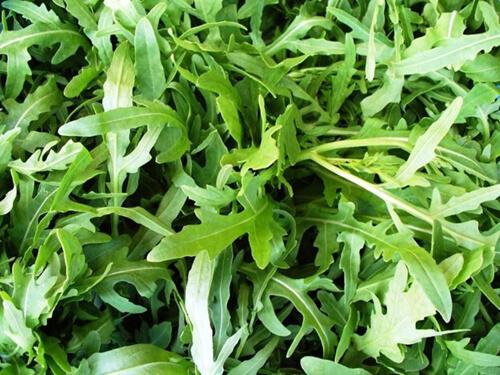
The carotenoids zeaxanthin and lutein, which are found in arugula, are important for vision as they affect the macula area in the retina. Their use is a good prevention against cataracts and macular degeneration. The following substances are also present in the leaves and flowers:
- iron
- phosphorus
- potassium
- calcium
- sodium
- magnesium
It is important to note that arugula acts as a milk extractor for lactating women; in addition, it has bactericidal and disinfecting properties and stimulates digestion. Scientists note the beneficial effect of the plant on the course of type 2 diabetes; it is recommended to eat it for metabolic disorders and problems with excess weight.
Research is currently underway on the impact arugula on oncological processes. All this made this crop very popular and it began to be grown on personal farmsteads, although until the middle of the last century, wild forms were mainly collected.
What conditions are needed to grow arugula in open ground?
Growing your own arugula is not difficult. The culture is not particularly demanding. Small leaves, aged from 20 to 50 days, have the greatest benefits and best taste. Therefore, you can sow arugula several times a season. This should be done from April to August. And in winter, you can sow and grow arugula on the windowsill.
When choosing land for this crop, you need to remember that highly acidic soils are not suitable for it. This generally unpretentious crop will not grow on them. It feels good on neutral soils or in beds where the soil is slightly acidic or alkaline. If the soil is acidic, then you need to add chalk or lime for planting arugula. Arugula is a light-loving plant, but it also tolerates light shade well.
You should not sow arugula in poorly lit places; the leaves will lose not only their color, but also their taste. The plant can withstand temperatures down to -7 degrees, but still, with prolonged exposure to low temperatures, arugula grows very poorly, the leaves almost do not develop.
The optimal temperature for it is not lower than + 16. Arugula is quite demanding when it comes to watering. In dry conditions soil the leaves lose their delicate texture and become rough. In hot summer conditions, additional watering is necessary. You can feed arugula plantings once or twice with a solution of rotted mullein at the rate of one spoon per 10 liters of water. It is not recommended to apply nitrogen fertilizers. Like all cabbage arugula, it accumulates nitrates.
The first sowing in open ground can be done in the third ten days of April. The last one is in the first ten days of August. You can grow arugula through seedlings to get an earlier harvest.Seedlings are sown in late March - early April. If the basic conditions are met, you can sow arugula in open ground and get a harvest of healthy greens.
Arugula varieties, sowing and cultivation
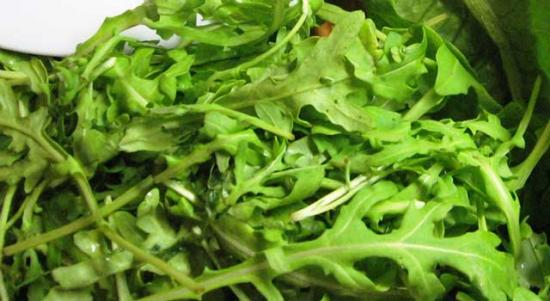
Before sowing, dig up the bed to the depth of a spade and walk through it well with a rake, breaking up large and small lumps. It’s best if the bed is where the following grew before:
- potato
- peas
- beans
- pumpkin
In prepared soil make shallow, 10 - 15 mm, grooves. The distance between the rows is up to 15 - 30 cm. The furrows are well shed with water. It is advisable to sow the seeds at a distance of 3 cm to 10 cm from each other. Sprinkle the grooves with soil. You should not plant the seeds deeper than 0.5 cm. It is better to cover early spring sowings with a covering material such as lutrasil.
In a week the shoots will appear. If the threat of frost has not yet passed, then remove the film from the garden bed only during the daytime, when the temperature is higher than + 1 degree. Further care will consist of loosening, weeding and watering. When the arugula leaf reaches ten cm in length, you can start cutting.
Varieties for growing on private farms
- Poker. The variety is distinguished by early ripeness. The leaves are suitable for cutting already on the 20th - 25th day. Up to 18 cm in height. With a pleasant, slightly mustard taste. It is recommended not only for growing in the garden, but also as a potted crop. Productivity up to 1.3 kg per square meter.
- Rococo. The variety is early, has wide leaves, and is productive. Harvesting is possible on the 25th day. You can remove up to 1.5 kg from one square meter. meters.
- Taganskaya. An early and cold-resistant variety with narrow and heavily cut leaves. Technical maturity occurs on the 25th day. Productivity up to 1.2 kg per square meter. meters.
- Solitaire. The variety can be grown as a biennial variety.In the spring it will give the earliest harvest of vitamin greenery. Productivity up to 1.6 kg per square meter. meters.
When harvesting arugula leaves, it is important to remember that when fresh they can be stored in the refrigerator for no longer than a week.
Growing arugula on video:

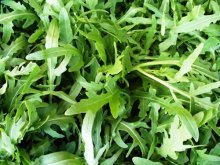

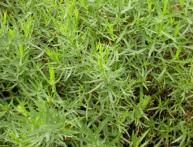
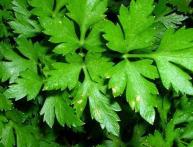
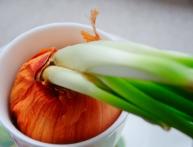
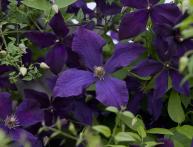
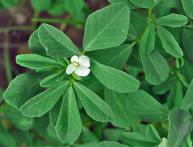
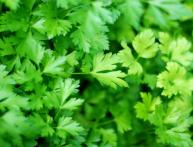
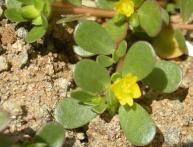

Comments
I really love eating arugula. I eat it all summer. We once bought a bag of perennial seeds that we decided to sow. At first the taste is not very good, to put it mildly, but then you get used to it, and it seems very tasty))